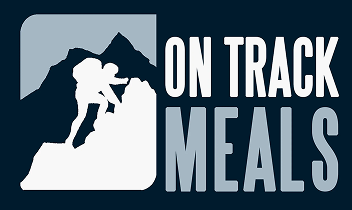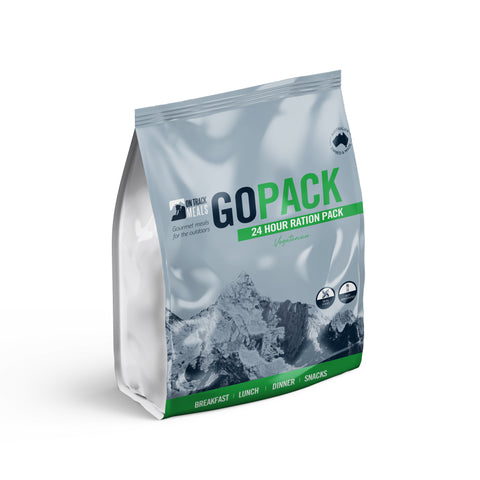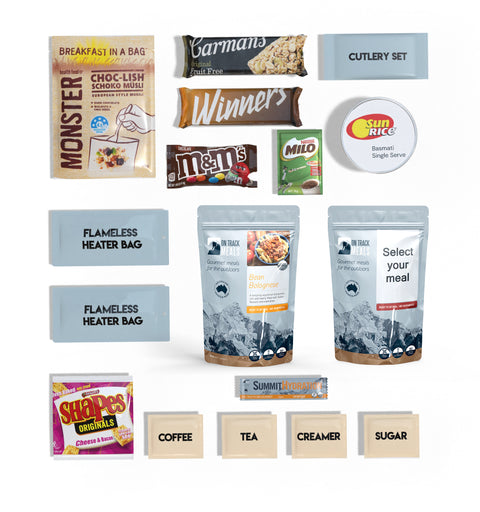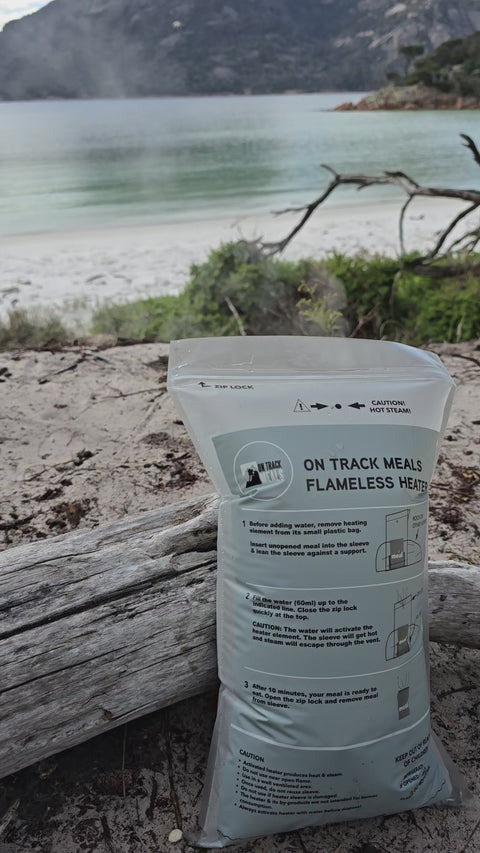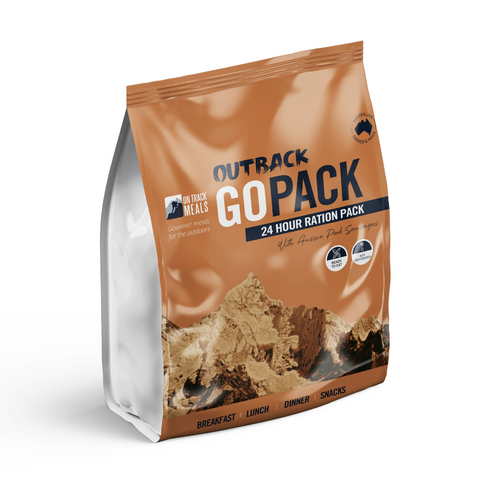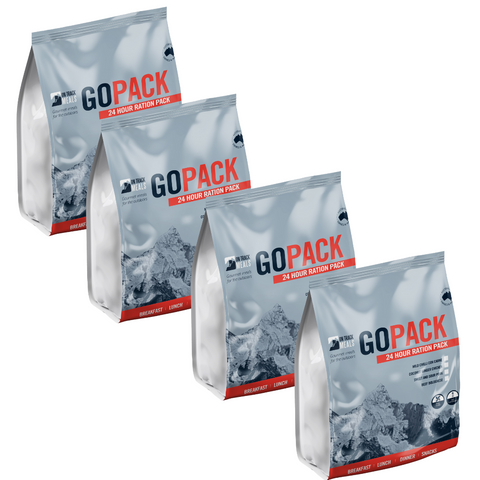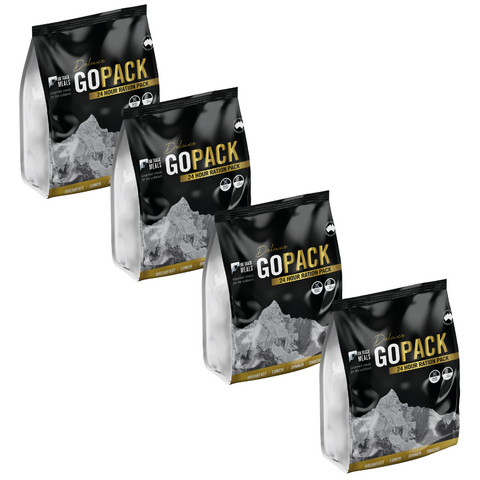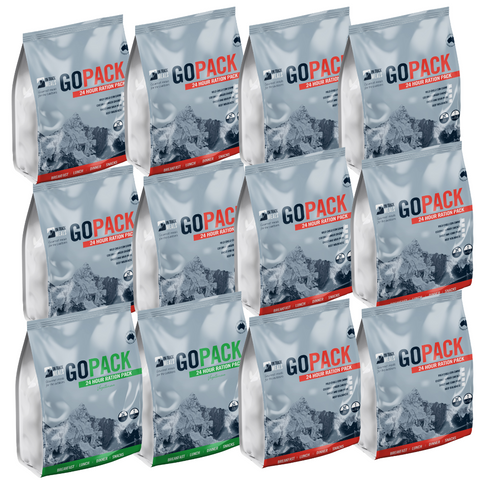Let’s talk about ration packs.
If you’ve ever had one, you’re probably already having an emotional response — one halfway between throwing up and rocking backwards and forwards. Maybe it’s from personal experience. Maybe it’s from hearing ex-military mates share war stories about the culinary crimes they endured. Either way, ration packs tend to have a reputation somewhere between “fuel for survival” and “counselling required.”
I can tell you first-hand. As a cavalry soldier serving in Iraq and Afghanistan, I’ve eaten a few — Australian ration packs, American MREs, even the infamous Indische kip (that’s Dutch for “mystery chicken curry, but we’re not 100% sure it’s chicken”). And wow, I’ve had some interesting experiences.
But here’s the thing — in between the culinary nightmares, I’ve had some of the best moments of my life with these things. Sitting in an ASLAV on a freezing night, the crew huddled together, talking rubbish, swapping ration pack items like it was a black-market stock exchange. Trading the “Cooking Chocolate (that is white)” for someone’s two fruits. Getting care packages from family and friends with the kind of snacks that made you feel like you’d just won the lottery. Those moments stick with you.
And the lesson? Some of the strongest bonds are forged over shared meals, and creating a ration pack people will actually enjoy is far more complex than just throwing food into a bag and calling it a day.
